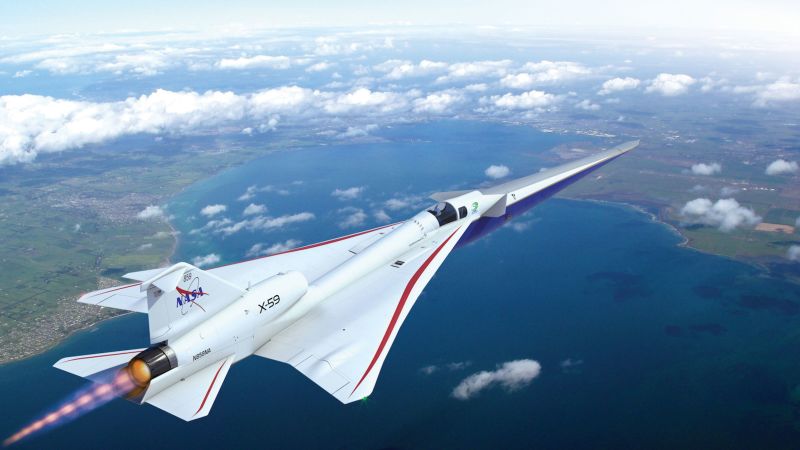In July, Lockheed Martin completed the build of NASA’s X-59 test aircraft, which is designed to turn sonic booms into mere thumps, in the hope of making overland supersonic flight a possibility. Ground tests and a first test flight are planned for later in the year. NASA aims to have enough data to hand over to US regulators in 2027.



I’m interested to see how this plane performs compared to the Concord. It’ll be interesting to find out how bad the maintenance will be.
Also the criticism and the “whatabout other important things” people commenting here should know that more than one type of research can be performed at the same time. This is an aerodynamics problem. The other problems related pollution from engines, fuel sources, and environmental impact are also being worked in parallel. A planet of 8 billion people is able to work on many problems and ideas in parallel without having one be a detriment over another. It’s not like an aeronautical engineer can be repurposed to be a fuel chemist!
From Wikipedia I see that they plan to get it up to 16.8km or 55k feet high. This means that drag will basically not be an issue anymore at the cost of higher take off fuel.
Very interesting to see how this pans out since it would create direct flights between Sydney and New York.
My question now is about whether the the elimination of drag will save more fuel than getting the plane this high up into the sky.